5 Quick DIY Decor Projects For Beginners
If you're looking to add a personal touch to your living space without breaking the bank, you've come to the right place! DIY decor projects are not just a way to beautify your home; they are also a fantastic opportunity to unleash your creativity and make something truly unique. Whether you're a complete novice or have dabbled in crafting before, these five quick and easy projects are designed with beginners in mind. They require minimal materials and time, making them perfect for anyone looking to spruce up their surroundings. So, grab your supplies and let's dive into the world of DIY decor!
Each of these projects not only enhances your home but also allows you to express your personality and style. Think of your space as a blank canvas, waiting for your artistic touch. From transforming ordinary mason jars into stunning vases to painting terracotta pots that brighten up your greenery, these projects will not only beautify your home but also provide a sense of accomplishment. Ready to get started? Let’s explore each project in detail!
Learn how to transform ordinary mason jars into beautiful vases. This project encourages creativity and personalization, allowing you to decorate your home with unique floral arrangements. Imagine the charm of having your favorite flowers displayed in a vase that you crafted yourself! You can paint the jars, wrap them in twine, or even add some glitter to match your decor style. The possibilities are endless!
Discover the joy of painting terracotta pots to add a pop of color to your indoor or outdoor plants. This project is a fun way to express your artistic side while beautifying your greenery. You can use bright colors to create a cheerful atmosphere or go for pastels for a more subtle look. Your plants will thank you for giving them such stylish homes!
Selecting the appropriate paint for your pots is crucial. Explore different types of paint and finishes that will withstand the elements and look great in your space. For outdoor pots, consider using outdoor acrylic paint, which is designed to resist fading and chipping. For indoor pots, you can experiment with chalk paint for a matte finish that adds a rustic charm.
Learn techniques to make your painted pots waterproof, ensuring they last longer and maintain their vibrant colors even when exposed to moisture. A simple solution is to apply a clear sealant over your painted pots. This not only protects the paint but also gives your pots a beautiful glossy finish!
Get inspired by various design ideas and patterns that you can use when painting your plant pots, from geometric shapes to floral motifs. You might want to try creating a cohesive look by using a similar color palette across all your pots or going wild with a mix of patterns for a bohemian vibe!
Discover how to add embellishments like ribbons or stencils to give your painted pots a unique flair, making them stand out in your decor. Perhaps you want to add a personal touch by painting your initials or a meaningful quote on the pots. These little details can make a big difference!
Create stunning wall art using simple materials like canvas and paint. This project allows you to express your creativity while adding a personal touch to your living space. Abstract art, landscapes, or even simple quotes can transform a blank wall into a vibrant focal point. Plus, who doesn’t love the satisfaction of creating something beautiful from scratch?
Explore various techniques for creating abstract art, including pouring, splattering, and brush techniques, to achieve a modern look that complements your decor. Let your emotions guide your brush strokes, and don’t be afraid to experiment! Remember, art is subjective, and there are no mistakes—only happy accidents!
Learn how to frame your handmade artwork to enhance its appearance and make it a focal point in any room, adding sophistication to your DIY decor. You can choose from simple wooden frames to ornate ones depending on your style. A well-framed piece can elevate your artwork and make it look professionally done!
Utilize leftover fabric scraps to create charming banners that can brighten up any space. This project is not only eco-friendly but also a fun way to showcase your sewing skills. Hang your banners in your living room, bedroom, or even at a party to add a festive touch!
Discover how to select fabric patterns that harmonize with your home decor, ensuring your banner complements your existing style while adding a personal touch. Mix and match patterns for a playful look or stick to a color scheme for a more cohesive feel.
Learn the best methods for hanging your fabric banner, including using twine or string, to ensure it looks great and stays securely in place. You can also use decorative clips or clothespins for an added touch of whimsy!
Transform simple materials into beautiful picture frames that can showcase your favorite memories. This project is perfect for personalizing your space while being an enjoyable crafting experience. Whether you choose to use wood, cardboard, or even recycled materials, the end result will be a frame that tells your story.
Explore various materials you can use to create custom picture frames, from wood to cardboard, allowing you to choose based on your desired aesthetic and budget. You can even repurpose old frames by giving them a fresh coat of paint or adding embellishments!
Learn creative ways to decorate your frames, such as painting, decoupage, or adding embellishments, to ensure they match your home decor style perfectly. Consider adding some family photos, art prints, or even quotes that inspire you. Your frames will not only hold memories but also enhance your decor!
Q: How much time do these projects typically take?
A: Most of these projects can be completed in a few hours, making them perfect for a weekend crafting session!
Q: Do I need any special tools for these projects?
A: Basic crafting supplies like scissors, paintbrushes, and glue are usually sufficient. No need for fancy tools!
Q: Can I customize these projects to fit my style?
A: Absolutely! Each project is designed to be personalized, so feel free to get creative and make it your own!
Now that you have all the inspiration and guidance you need, it’s time to roll up your sleeves and start crafting. Happy decorating!

Project 1: Upcycled Mason Jar Vases
Are you ready to unleash your inner artist? Upcycling mason jars into stunning vases is not just a fun project; it's a fantastic way to add a personal touch to your home decor. Imagine transforming those ordinary, forgotten jars into beautiful displays that can brighten up any room! With just a few simple materials and a sprinkle of creativity, you can create unique floral arrangements that reflect your style.
To get started, gather some basic supplies: empty mason jars, paint (preferably acrylic), paintbrushes, and perhaps some decorative elements like twine, lace, or stickers. The beauty of this project lies in its versatility—no two vases need to look the same! You can choose a solid color for a minimalist look or go wild with patterns and designs. Why not try a gradient effect or even a fun polka dot pattern? The choice is yours!
Once you have your materials ready, it’s time to dive into the creative process. Start by cleaning the jars thoroughly to remove any labels or residue. Then, apply a base coat of paint. This is where you can let your imagination run wild! You might want to consider the following techniques:
- Sponging: Use a sponge to dab on paint for a textured look.
- Brushing: Create stripes or swirls with a paintbrush for a more traditional finish.
- Decoupage: Glue on fabric or decorative paper for a unique design.
After painting, allow your jars to dry completely. This is crucial! Rushing this step can lead to smudged designs or paint that doesn’t adhere properly. Once dry, you can add embellishments like twine or lace around the neck of the jar for an extra touch of charm. These little details can turn a simple vase into a statement piece!
Now, it’s time to fill your newly created vases with beautiful blooms. Whether you choose fresh flowers from your garden or opt for artificial ones, these upcycled mason jar vases will surely become the focal point of your decor. Place them on your dining table, windowsill, or even as centerpieces for your next gathering. The best part? You can change the flowers with the seasons, keeping your decor fresh and inviting.
So, what are you waiting for? Grab those mason jars and start crafting! This project is not only a great way to recycle but also an opportunity to express yourself and bring a bit of nature indoors. Let your creativity flow, and soon you'll have a collection of stunning vases that tell your unique story!
Q: Can I use any type of jar for this project?
A: Absolutely! While mason jars are popular due to their aesthetic appeal, you can use any glass jar you have on hand. Just make sure it’s clean and free of labels.
Q: What kind of paint should I use?
A: Acrylic paint is highly recommended as it adheres well to glass and comes in a wide variety of colors. If you want a more durable finish, consider using spray paint designed for glass.
Q: How do I clean the jars before painting?
A: Simply wash the jars with warm, soapy water to remove any dirt or residue. For stubborn labels, soaking them in warm water can help peel them off more easily.
Q: Can I use these vases for water?
A: Yes! If you plan to use fresh flowers, just ensure that the paint is fully cured and that you add a waterproof sealant if necessary to protect the paint from moisture.
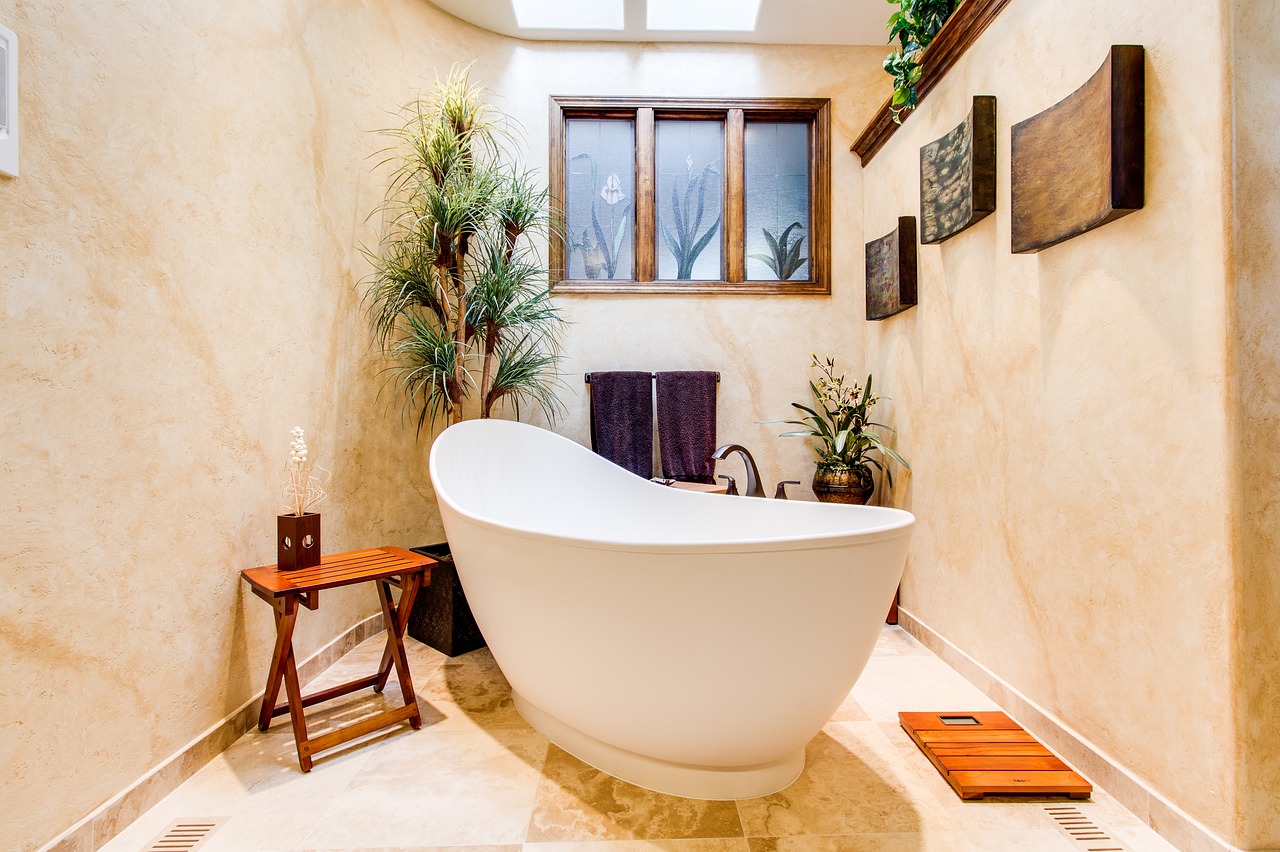
Project 2: Painted Plant Pots
Are you ready to unleash your inner artist? Painting terracotta plant pots is not just a fun activity; it’s a fantastic way to add a splash of color and personality to your indoor or outdoor plants. Imagine your once plain pots transformed into vibrant pieces of art that reflect your style. This project is perfect for beginners and requires minimal materials, making it an accessible way to express your creativity. Plus, every time you water your plants or admire them, you'll be reminded of the joy you felt while creating them!
To get started, gather your supplies. You’ll need terracotta pots, acrylic paint, paintbrushes, and a sealant to protect your artwork. The best part? You can choose any color that speaks to you! Whether you prefer soft pastels for a calming effect or bold, bright colors to make a statement, the choice is yours. The only limit is your imagination!
When it comes to selecting paint, not all options are created equal. You want to ensure that the paint you choose will not only look fabulous but also withstand the elements if your pots are going outdoors. Here are some types of paint you might consider:
- Acrylic Paint: This is the most common choice for painting terracotta pots. It’s versatile, easy to work with, and comes in a myriad of colors.
- Outdoor Paint: If your pots will be outside, consider using outdoor paint, which is designed to resist fading and weathering.
- Chalk Paint: For a matte finish and a vintage look, chalk paint is a great option. It adheres well to terracotta and can be sealed for durability.
Now that you’ve painted your pots, it’s essential to protect your artwork. Waterproofing your painted pots ensures they maintain their vibrant colors even when exposed to moisture. You can achieve this by applying a clear sealant. Look for a sealant that is suitable for outdoor use if your pots will be outside. Simply spray or brush on a coat of sealant once your paint is dry, and voila! Your beautiful creations are now ready to brave the elements.
Stuck on what to paint? Here are some design ideas to get your creative juices flowing:
- Geometric Shapes: Simple triangles, stripes, or circles can create a modern look.
- Floral Motifs: Paint flowers or leaves for a natural, whimsical touch.
- Quotes or Words: Add a motivational quote or your favorite word to inspire you every day.
Once your pots are painted and sealed, it’s time to add some finishing touches! Consider embellishing your pots with ribbons, twine, or even stencils for added flair. These little details can elevate your pots from ordinary to extraordinary! Imagine a beautiful ribbon tied around the top or a stencil pattern that adds depth and interest. Your painted plant pots will not only serve as homes for your plants but also as stunning decor pieces that showcase your creativity.
So, what are you waiting for? Grab your pots, some paint, and let your imagination run wild. This DIY project is not just about beautifying your plants; it’s about creating something unique that brings joy to your space. Happy painting!
Q: Can I use regular paint for terracotta pots?
A: While you can use regular paint, it's best to choose acrylic or outdoor paint for better adhesion and durability.
Q: How do I clean my pots before painting?
A: Clean your terracotta pots with soap and water to remove any dust or residue. Let them dry completely before painting.
Q: How long does the paint take to dry?
A: Acrylic paint typically dries within 1-2 hours, but it’s best to wait 24 hours before applying a sealant.
Q: Can I put my painted pots outside?
A: Yes, but remember to use waterproof paint and seal them properly to protect them from the elements.
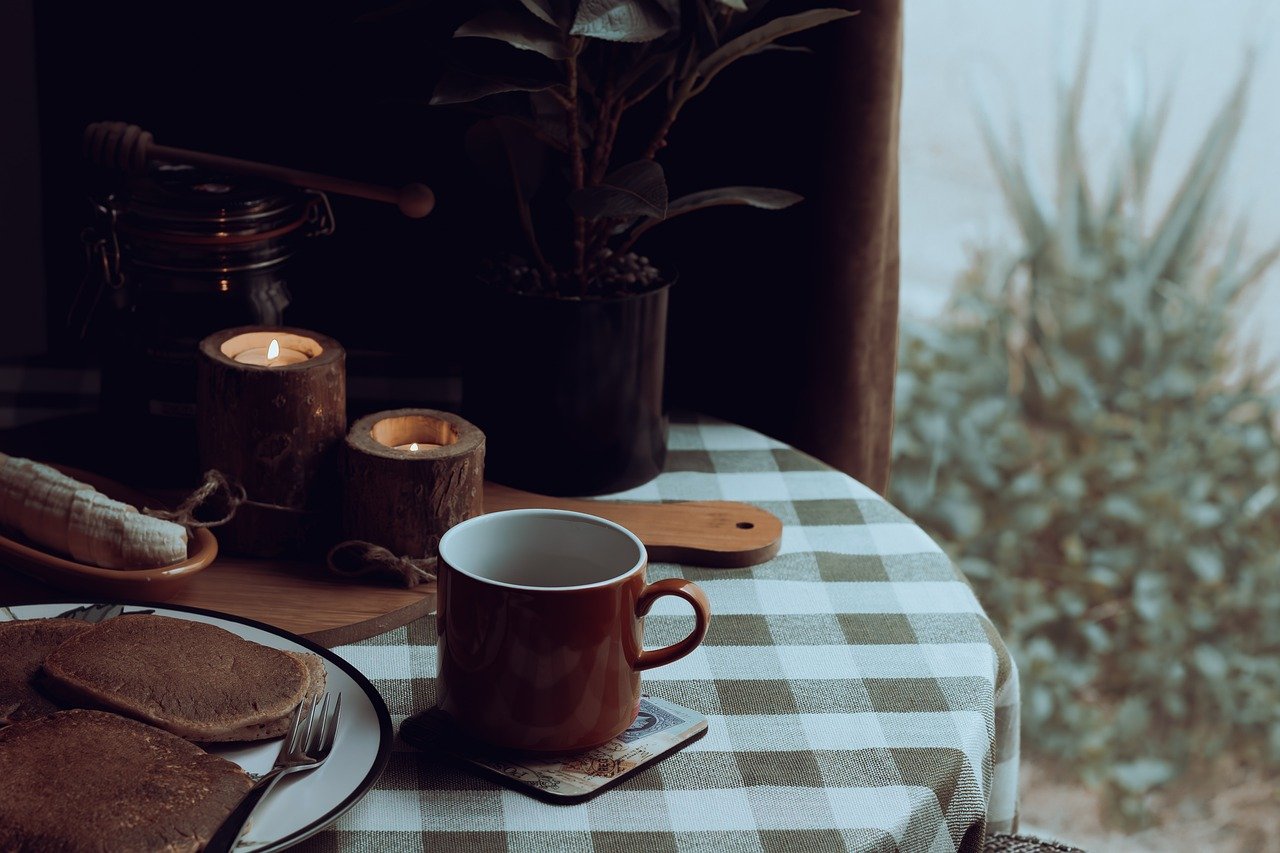
Choosing the Right Paint
When it comes to painting your terracotta pots, choosing the right paint is absolutely crucial. Not all paints are created equal, and using the wrong type can lead to peeling, fading, or even damage to your beautiful pots. So, what should you look for? First and foremost, you need to consider the environment where your pots will reside. If they’re going to be outside, you’ll want a paint that can withstand the elements. On the other hand, indoor pots have different requirements.
Here’s a quick breakdown of some paint types you might consider:
- Acrylic Paint: This is a popular choice for DIY projects. It’s water-based, easy to work with, and dries quickly, making it perfect for beginners. Just keep in mind that it may need a sealant for outdoor use.
- Outdoor Paint: Specifically designed to endure harsh weather, outdoor paint is a great option for pots that will be exposed to rain and sun. Look for paints labeled as weather-resistant.
- Chalk Paint: This paint gives a lovely matte finish and is perfect for achieving a rustic look. It adheres well to terracotta, but like acrylic, you might need to seal it for durability.
Now, let’s talk about finishes. You might prefer a glossy finish for a vibrant look or a matte finish for a softer appearance. Each finish can dramatically change the overall aesthetic of your pots. If you’re unsure, consider experimenting with a few different types on test pots before committing to your final designs.
Another important factor is the color. Bright colors can add a cheerful touch to your garden or home, while muted tones can create a more sophisticated vibe. Think about your existing decor and the mood you want to convey. Don’t be afraid to mix and match colors for a fun, eclectic look!
Lastly, always remember to read the labels on your paint cans. Look for non-toxic options, especially if you plan to plant edible herbs or vegetables in your pots. Safety first, right? By taking the time to choose the right paint, you’ll ensure that your creations not only look stunning but also stand the test of time.
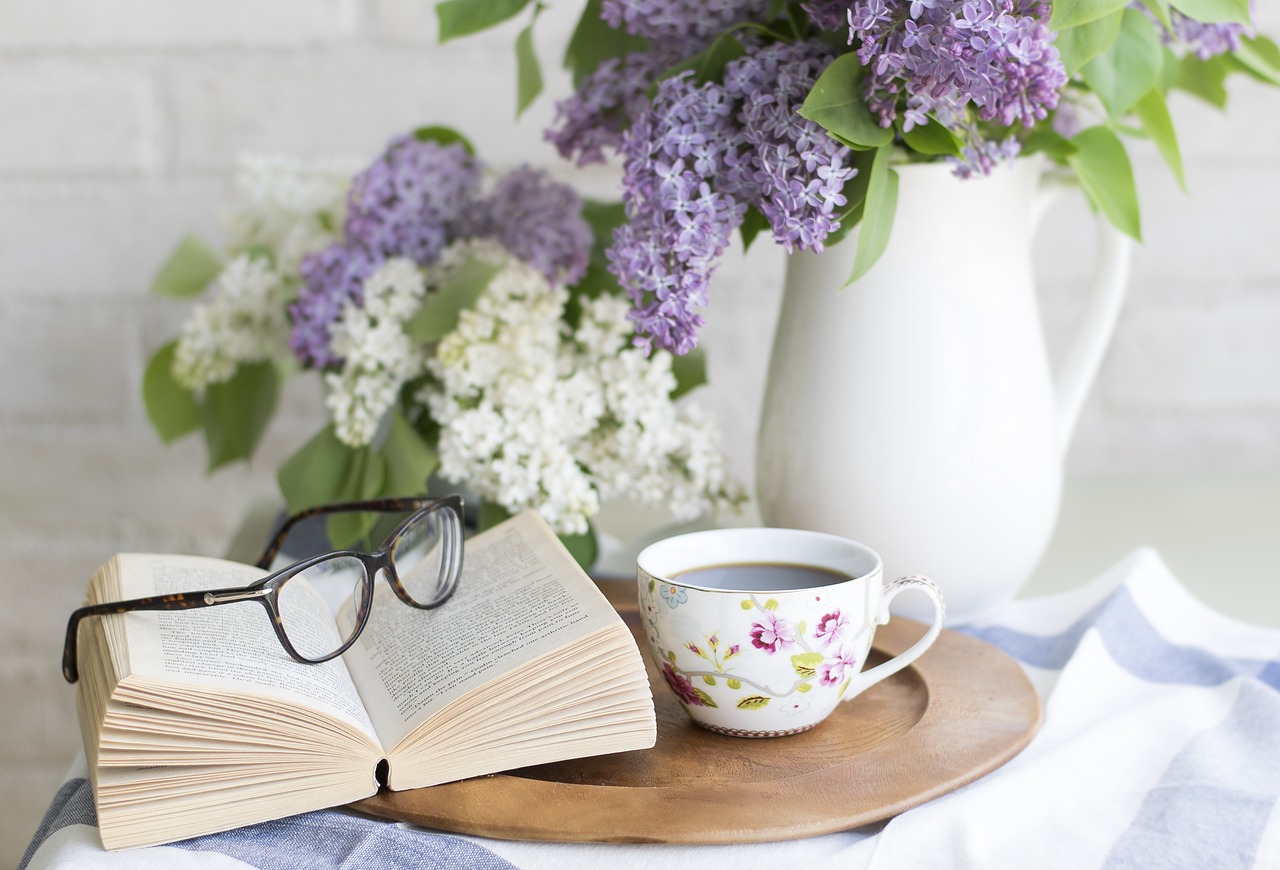
Waterproofing Your Pots
When it comes to painting terracotta pots, one of the biggest challenges is ensuring that your artistic masterpiece stands the test of time, especially when exposed to moisture. You don’t want your vibrant colors to fade or the paint to peel off after a few rain showers. So, how do you achieve that magical waterproofing effect? Let’s dive into some effective techniques that will keep your pots looking fantastic!
First off, a good sealant is your best friend. After you’ve painted your pots and allowed the paint to dry completely, applying a waterproof sealant can create a protective barrier. Look for products that are specifically designed for outdoor use, as they are formulated to withstand the elements. A clear acrylic spray or a paint-on sealant works wonders. Simply follow the manufacturer's instructions for application, and you'll be well on your way to ensuring your pots remain waterproof.
Another technique to consider is using a waterproofing primer before painting. This step is often overlooked, but it can make a significant difference. A primer not only helps the paint adhere better but also adds an extra layer of protection against moisture. Make sure to choose a primer that is compatible with the type of paint you’re using. Applying a coat of primer before your paint can ultimately prolong the life of your design.
Additionally, you might want to think about the drainage of your pots. Ensuring that your pots have proper drainage holes is crucial in preventing water from pooling at the bottom, which can lead to paint deterioration. If your pots don’t have holes, consider drilling some in the bottom. This simple step can help keep your plants healthy and your paint job intact.
Here’s a quick summary of the waterproofing techniques you can use:
- Apply a waterproof sealant after painting.
- Use a waterproofing primer before applying paint.
- Ensure your pots have proper drainage holes.
By following these tips, you can enjoy your beautifully painted pots without worrying about the weather ruining your hard work. With a little extra care, your DIY decor can remain stunning and vibrant throughout the seasons!
Q: How long should I wait before applying a sealant?
A: It’s best to wait at least 24 hours after painting to ensure the paint is fully dry before applying any sealant.
Q: Can I use any type of paint for outdoor pots?
A: While you can use regular paint, it’s recommended to use acrylic or outdoor paint that is specifically designed to withstand the elements for the best results.
Q: Will waterproofing affect the colors of my paint?
A: Most waterproof sealants are clear and will not alter the colors of your paint. However, always test a small area first if you are concerned.
Q: How often should I reapply the waterproof sealant?
A: It’s a good idea to reapply the sealant every year, especially if your pots are exposed to harsh weather conditions.
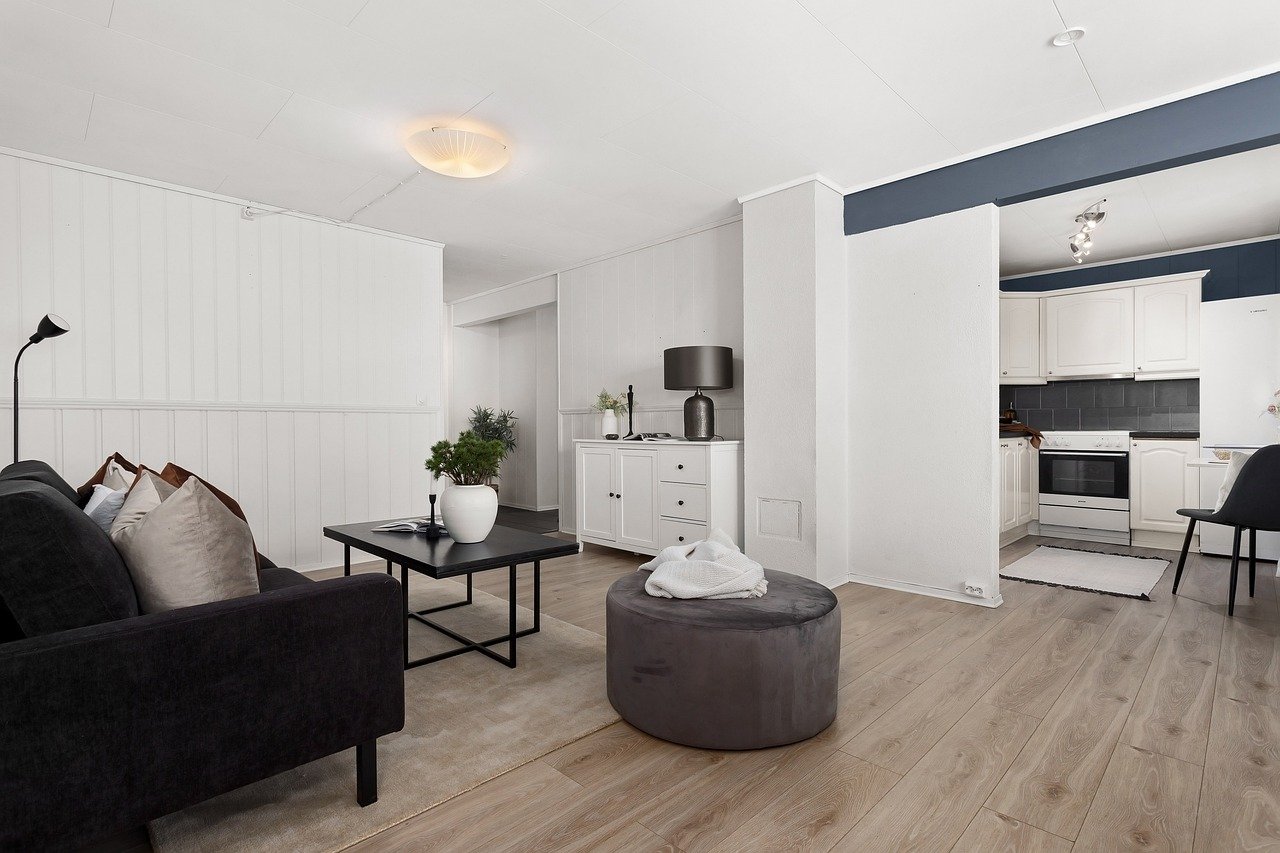
Design Ideas for Inspiration
When it comes to painting your terracotta pots, the possibilities are as endless as your imagination. You can turn these simple containers into stunning pieces of art that not only serve as homes for your plants but also as eye-catching decor in your space. Here are a few creative ideas to spark your inspiration:
First off, consider geometric patterns. These shapes are trendy and can add a modern touch to your decor. You can use painter's tape to create clean lines and angles, painting over them with vibrant colors like teal, mustard yellow, or even metallic shades. Once you remove the tape, you'll reveal a sharp and stylish design that looks professionally done.
Another fun idea is to incorporate floral motifs. You can use stencils or freehand painting to create beautiful flowers that can brighten any room. Imagine a pot adorned with delicate daisies or bold sunflowers, adding a splash of color and life to your indoor garden. This approach not only personalizes your pots but also allows you to express your love for nature.
If you're feeling adventurous, try your hand at ombre effects. This technique involves blending two or more colors together to create a gradient look. Start with a darker shade at the bottom and gradually lighten it towards the top. The result is a stunning pot that draws the eye and adds depth to your plant display.
For those who enjoy a more rustic look, consider using a distressed finish. You can achieve this by applying a base coat and then lightly sanding the edges after it dries. This technique gives your pots a weathered appearance, perfect for a farmhouse-style decor. You might even want to add some twine or burlap around the rim for an extra touch of charm.
Lastly, don’t forget about the power of color blocking. This involves painting sections of the pot in contrasting colors, which can create a bold statement piece. Pairing colors like coral with navy or mint with gold can make your pots pop and become a focal point in any room.
In conclusion, the beauty of DIY projects like painting plant pots lies in the freedom to express yourself. Whether you lean towards modern geometric designs, whimsical florals, or rustic finishes, each pot can tell a story and reflect your personality. So grab your paintbrush and let your creativity flow!
- What type of paint should I use for terracotta pots? It's best to use acrylic paint, as it adheres well to terracotta and comes in a variety of colors. For outdoor pots, consider using exterior-grade paint for durability.
- How can I make my painted pots waterproof? After your paint has dried, apply a clear sealant spray or paint to protect your designs from moisture and wear.
- Can I use spray paint instead of brush painting? Absolutely! Spray paint can provide a smooth finish and is great for achieving even coverage, especially for larger pots.
- How do I ensure my designs last? Proper sealing and avoiding direct exposure to harsh weather conditions can help prolong the life of your painted designs.

Finishing Touches
This article presents five simple and creative DIY decor projects that are perfect for beginners. Each project is designed to enhance your space while being easy to execute with minimal materials.
Learn how to transform ordinary mason jars into beautiful vases. This project encourages creativity and personalization, allowing you to decorate your home with unique floral arrangements.
Discover the joy of painting terracotta pots to add a pop of color to your indoor or outdoor plants. This project is a fun way to express your artistic side while beautifying your greenery.
Selecting the appropriate paint for your pots is crucial. Explore different types of paint and finishes that will withstand the elements and look great in your space.
Learn techniques to make your painted pots waterproof, ensuring they last longer and maintain their vibrant colors even when exposed to moisture.
Get inspired by various design ideas and patterns that you can use when painting your plant pots, from geometric shapes to floral motifs.
Once you've painted your pots and let your creativity flow, it's time to add those that will elevate your DIY project to the next level. Think of these touches as the cherry on top of your crafting sundae! You can enhance your painted pots by incorporating a variety of embellishments that reflect your personal style. For instance, consider wrapping a piece of twine or jute around the rim of the pot for a rustic vibe. Or, if you're feeling a bit more adventurous, you could use washi tape to create fun patterns or borders around the pot.
Another great idea is to add stencils to your pots. Stencils can help you create intricate designs without the pressure of freehand painting. You can find stencils in various shapes and sizes at craft stores or even make your own using cardboard. Just remember to secure the stencil firmly before painting to avoid any unwanted smudges!
To give your pots a cohesive look, consider using a color palette that matches your home decor. This could mean sticking to earthy tones for a natural feel or vibrant colors for a more eclectic look. Here’s a quick table to help you choose color combinations:
| Color Combination | Vibe |
|---|---|
| Soft Pastels | Calming and Serene |
| Bright Primary Colors | Fun and Playful |
| Earthy Tones | Natural and Grounded |
| Monochrome Shades | Modern and Chic |
Finally, don’t forget to seal your pots with a clear outdoor sealant if they will be exposed to the elements. This step not only protects your artwork but also enhances the colors, giving them a glossy finish that will make your pots pop!
Create stunning wall art using simple materials like canvas and paint. This project allows you to express your creativity while adding a personal touch to your living space.
Explore various techniques for creating abstract art, including pouring, splattering, and brush techniques, to achieve a modern look that complements your decor.
Learn how to frame your handmade artwork to enhance its appearance and make it a focal point in any room, adding sophistication to your DIY decor.
Utilize leftover fabric scraps to create charming banners that can brighten up any space. This project is not only eco-friendly but also a fun way to showcase your sewing skills.
Discover how to select fabric patterns that harmonize with your home decor, ensuring your banner complements your existing style while adding a personal touch.
Learn the best methods for hanging your fabric banner, including using twine or string, to ensure it looks great and stays securely in place.
Transform simple materials into beautiful picture frames that can showcase your favorite memories. This project is perfect for personalizing your space while being an enjoyable crafting experience.
Explore various materials you can use to create custom picture frames, from wood to cardboard, allowing you to choose based on your desired aesthetic and budget.
Learn creative ways to decorate your frames, such as painting, decoupage, or adding embellishments, to ensure they match your home decor style perfectly.
Q: How long do I need to wait for the paint to dry on my pots?
A: It typically takes about 1-2 hours for acrylic paint to dry to the touch, but it’s best to let your pots cure for 24 hours before using them.
Q: Can I use spray paint for my terracotta pots?
A: Yes, spray paint can give a smooth finish and is great for larger projects. Just make sure to use a paint that is suitable for outdoor use if your pots will be outside.
Q: How do I clean my painted pots?
A: Gently wipe them with a damp cloth. Avoid using harsh chemicals that could damage the paint.
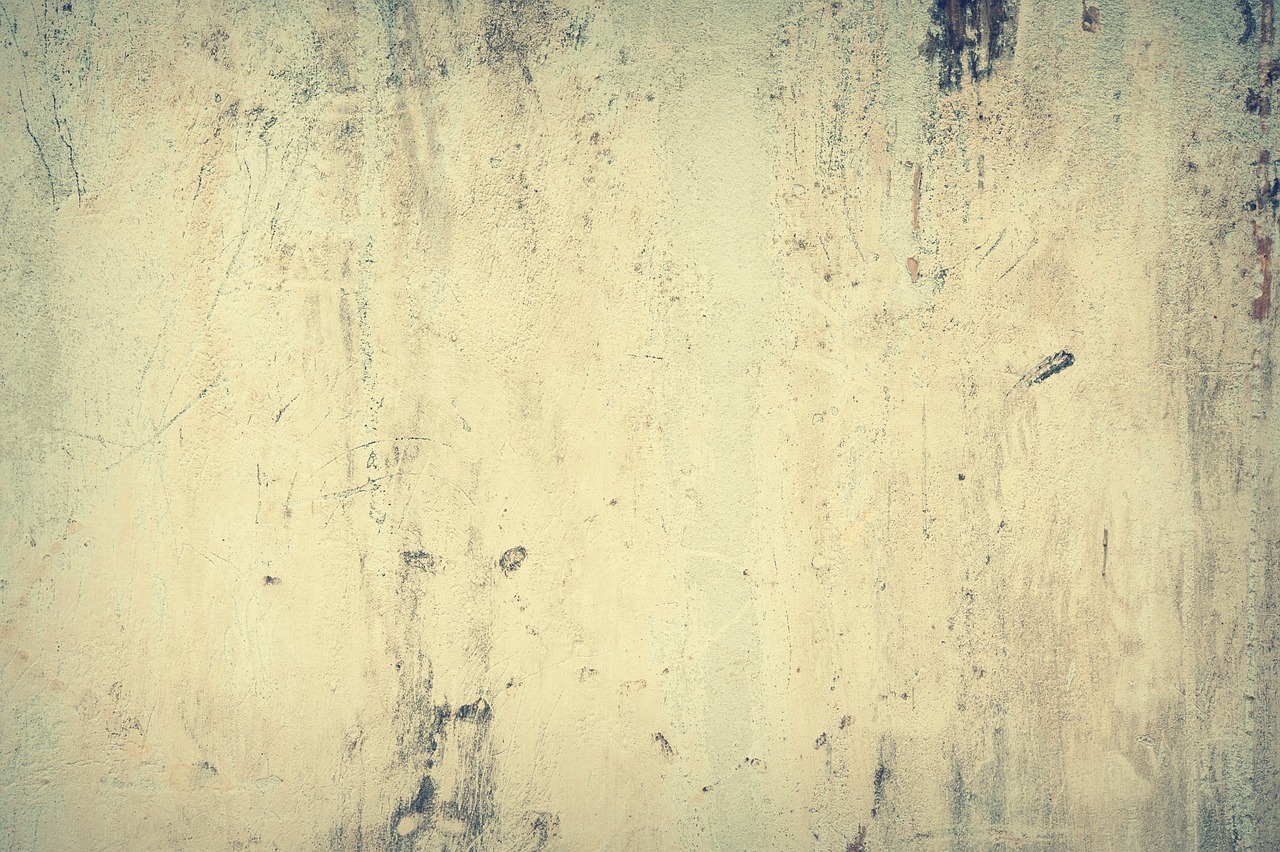
Project 3: Handmade Wall Art
Creating your own handmade wall art is not just a fun project; it’s an opportunity to express your personality and style in your living space. Imagine walking into a room and being greeted by a vibrant canvas that reflects your unique taste and creativity. With just a few simple materials like canvas, paint, and brushes, you can turn a blank wall into a stunning focal point that sparks conversation and admiration.
To begin, gather your materials. You’ll need:
- Canvas (any size you prefer)
- Acrylic or watercolor paints
- Brushes (various sizes)
- Palette for mixing colors
- Water cup and paper towels for cleaning brushes
Once you have your materials ready, the real fun begins! You can experiment with different techniques to create your masterpiece. For instance, try the pouring technique, where you mix paint with a pouring medium and let it flow freely on the canvas. This method creates beautiful, abstract designs that are both mesmerizing and unique. Alternatively, splattering paint can add a dynamic, energetic vibe to your artwork. Don't be afraid to get a little messy – it’s all part of the creative process!
Abstract art is all about freedom and expression, so let your imagination run wild. You could use a combination of techniques such as:
- Brush Techniques: Use different brush strokes to create textures and patterns.
- Sponging: Apply paint with a sponge for a soft, blended look.
- Stenciling: Use stencils to add defined shapes and designs.
After your artwork is complete, it’s time to think about framing. A well-chosen frame can elevate your piece from simple to stunning. You can opt for a sleek modern frame or something more rustic, depending on your decor style. Framing your artwork not only protects it but also enhances its overall appearance, making it a true centerpiece in your room.
When framing your handmade artwork, consider the following tips:
- Choose a frame that complements the colors in your painting.
- Consider the width of the frame; a wider frame can add a dramatic effect.
- Use matting to create a professional look and to help your artwork stand out.
In conclusion, creating handmade wall art is a delightful way to personalize your space. It’s not just about the final product; it’s about the joy of creating something with your own hands. Whether you hang your artwork in the living room, bedroom, or even a hallway, it will undoubtedly bring a smile to your face every time you see it. So grab your supplies, unleash your creativity, and let your walls tell your story!
| Question | Answer |
|---|---|
| What type of paint is best for wall art? | Acrylic paint is highly recommended due to its vibrant colors and quick drying time. |
| Can I use recycled materials for my wall art? | Absolutely! Items like old newspapers, magazines, or fabric scraps can add texture and depth to your artwork. |
| How do I hang my artwork? | Use picture hooks or adhesive strips for lightweight pieces. Ensure they are secure to prevent any damage. |

Techniques for Abstract Art
Creating abstract art is like diving into a world where your imagination takes the lead. It's about expressing emotions and ideas without being confined to the traditional rules of art. One of the most exciting aspects of abstract art is the variety of techniques you can employ to bring your vision to life. Let’s explore some of these techniques that can help you unleash your creativity and craft stunning pieces.
One popular method is the pouring technique, where you mix paint with a pouring medium and let it flow across the canvas. This technique allows colors to blend and create mesmerizing patterns. It’s akin to watching a beautiful river of color unfold before your eyes. The unpredictability of pouring can lead to surprising results, making each piece truly unique.
Another technique is splattering, which involves flicking or throwing paint onto the canvas. This method can be incredibly liberating! Imagine the thrill of letting loose and watching the paint dance across your canvas. You can use a brush, your fingers, or even a palette knife to achieve different effects. The key is to embrace the chaos and let your instincts guide you.
For those who prefer a more controlled approach, brush techniques can be your best friend. Using various brush sizes and shapes, you can create textures and patterns that evoke different feelings. Whether it’s bold strokes or delicate swirls, the brush can be a powerful tool in your abstract arsenal. Experimenting with pressure and speed can also yield fascinating results.
To help you visualize these techniques, consider the following comparison table:
| Technique | Description | Effect |
|---|---|---|
| Pouring | Mix paint with a pouring medium and let it flow. | Creates blended, organic patterns. |
| Splattering | Flick or throw paint onto the canvas. | Dynamic, spontaneous designs. |
| Brush Techniques | Use different brushes to create textures. | Controlled patterns with varied effects. |
As you experiment with these techniques, remember that abstract art is ultimately about self-expression. Don’t be afraid to mix and match methods or even invent your own! The beauty of art lies in its ability to reflect your personal journey and emotions. So, grab your supplies and let your creativity flow!
- What materials do I need to start abstract painting? You’ll need canvas, acrylic or oil paints, brushes, and possibly pouring mediums or other tools for techniques.
- Can I use any type of paint for abstract art? Yes, acrylics are popular for beginners due to their quick drying time, but oils and watercolors can also be used depending on your technique.
- How do I know when my abstract painting is finished? Trust your instincts! If you feel satisfied with the composition and colors, it’s likely complete.
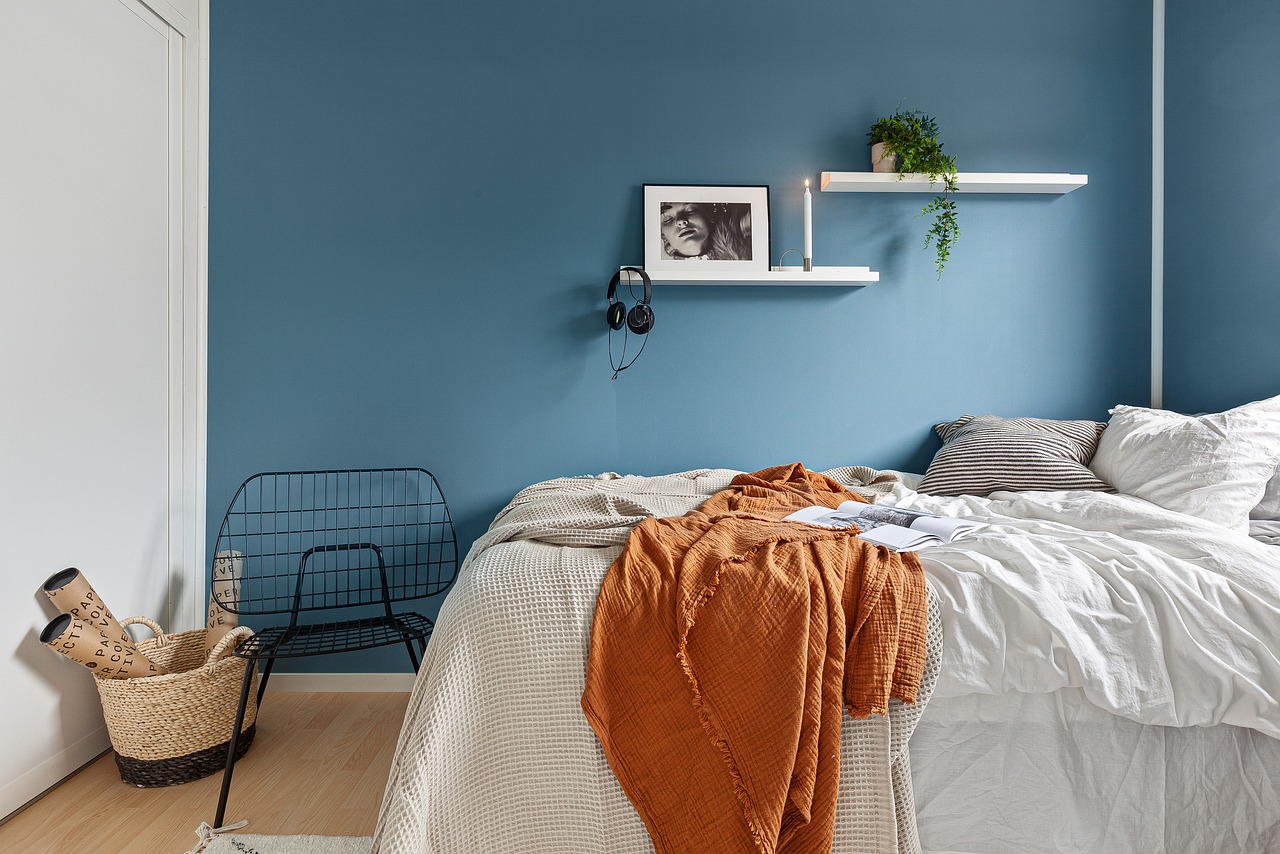
Framing Your Artwork
Framing your handmade artwork is like putting the cherry on top of a delicious sundae; it elevates the entire piece and makes it truly shine! When it comes to framing, there are several options to consider that can enhance the aesthetic of your art while providing protection. First off, think about the style of the frame. Do you want something modern and sleek, or perhaps a more rustic, vintage look? The frame should not only complement your artwork but also harmonize with the overall decor of the room where it will be displayed.
One popular option is to use a floating frame, which gives a contemporary feel by allowing the artwork to appear as if it’s suspended between two panes of glass. This style is particularly effective for abstract art, as it draws attention to the piece without overwhelming it. Alternatively, a classic wooden frame can add warmth and character, making it a great choice for more traditional or nature-inspired pieces.
When selecting your frame, also consider the matting. A mat board can provide a buffer between your artwork and the frame, which not only enhances the visual appeal but also prevents the art from sticking to the glass, a common issue that can damage your piece over time. Choose a mat color that complements the artwork; neutral colors often work best, but don’t shy away from bolder choices if they suit your style!
Here are a few tips to keep in mind when framing your artwork:
- Measure Twice: Always measure your artwork before purchasing a frame. This ensures a perfect fit and avoids any last-minute surprises.
- Use Quality Materials: Invest in acid-free materials for mats and backing to preserve the integrity of your artwork.
- Consider the Location: Think about where the artwork will be hung. If it’s in a sunny spot, opt for UV-filtering glass to protect your art from fading.
Once you’ve selected your frame and mat, it’s time to assemble everything. Carefully place your artwork in the frame, ensuring it’s centered and aligned correctly. Secure it in place with the provided clips or fasteners, and voila! Your artwork is now ready to be displayed proudly on your wall. Remember, framing is not just about aesthetics; it’s about preserving your hard work and creativity for years to come.
So, whether you’re showcasing a vibrant abstract painting or a serene landscape, the right frame can transform your artwork from simple to spectacular. Get creative with your choices, and don’t hesitate to mix and match styles to create a gallery wall that reflects your personality and artistic journey!
Q: What type of frame is best for canvas artwork?
A: For canvas artwork, a floating frame or a simple gallery frame works well, as they allow the texture of the canvas to be appreciated while providing a modern touch.
Q: How do I clean my framed artwork?
A: Use a soft, dry cloth to gently dust the frame and glass. Avoid using harsh chemicals that may damage the artwork or frame.
Q: Can I frame artwork without glass?
A: Yes! Many artists choose to frame their work without glass, especially for textured pieces, but keep in mind that this may expose the art to dust and potential damage.

Project 4: Fabric Scrap Banners
If you're looking for a fun and eco-friendly way to spruce up your living space, then fabric scrap banners are the perfect project for you! This delightful DIY endeavor allows you to utilize leftover fabric scraps, transforming them into charming banners that can add a splash of color and personality to any room. Imagine walking into your space and being greeted by vibrant patterns and textures hanging gracefully from the walls. It’s like bringing a piece of art into your home, but with a personal touch!
Creating fabric scrap banners is not only an excellent way to recycle materials, but it also provides an opportunity to showcase your unique style. You can mix and match various fabrics, colors, and patterns to create a banner that truly reflects your personality. Whether you want a bohemian vibe, a rustic charm, or a modern look, the possibilities are endless! Plus, this project is incredibly simple, making it accessible for beginners and experienced crafters alike.
To get started, gather your fabric scraps. You can use any fabric you have on hand—old clothes, leftover quilting fabric, or even curtains that you no longer need. The key is to select fabrics that complement each other in terms of color and pattern. Once you've gathered your materials, you can cut the fabric into various shapes, such as triangles, rectangles, or even circles, depending on the look you want to achieve.
Next, you’ll need a base to attach your fabric pieces to. This could be a length of twine, string, or even a sturdy ribbon. Lay out your fabric pieces along the string to plan your design before securing them. You can use fabric glue, hot glue, or even sew them in place if you're feeling adventurous. The beauty of this project is that there’s no right or wrong way to do it—let your creativity flow!
Once your banner is complete, it’s time to find the perfect spot to hang it. Consider areas like:
- Your living room wall
- Above a window
- In a child's room for a playful touch
- At a party or special event for a festive atmosphere
Hanging your banner can be as simple as using thumbtacks, nails, or even adhesive hooks, depending on your wall type. Make sure it’s securely fastened so it can be enjoyed for years to come!
In summary, fabric scrap banners are a delightful way to add a personal touch to your home decor while being environmentally conscious. They allow you to express your creativity and make use of materials that might otherwise go to waste. So, gather those scraps and get crafting—your walls will thank you!
Q: What types of fabric can I use for my banner?
A: You can use any fabric scraps you have on hand! Cotton, linen, felt, and even old clothes work great. Just make sure the fabric is not too thick, as it might be difficult to cut and attach.
Q: How do I ensure my banner lasts a long time?
A: To make your banner more durable, consider using a strong adhesive or sewing the fabric pieces onto the base. Additionally, you can treat the fabric with a fabric protector spray to help it withstand wear and tear.
Q: Can I wash my fabric banner?
A: It's best to spot clean your banner to avoid damaging the fabric. If you used washable fabrics and a secure attachment method, you might be able to hand wash it gently.
Q: How can I change the look of my banner seasonally?
A: You can create multiple fabric banners for different seasons or occasions. Simply switch them out to keep your decor fresh and exciting!
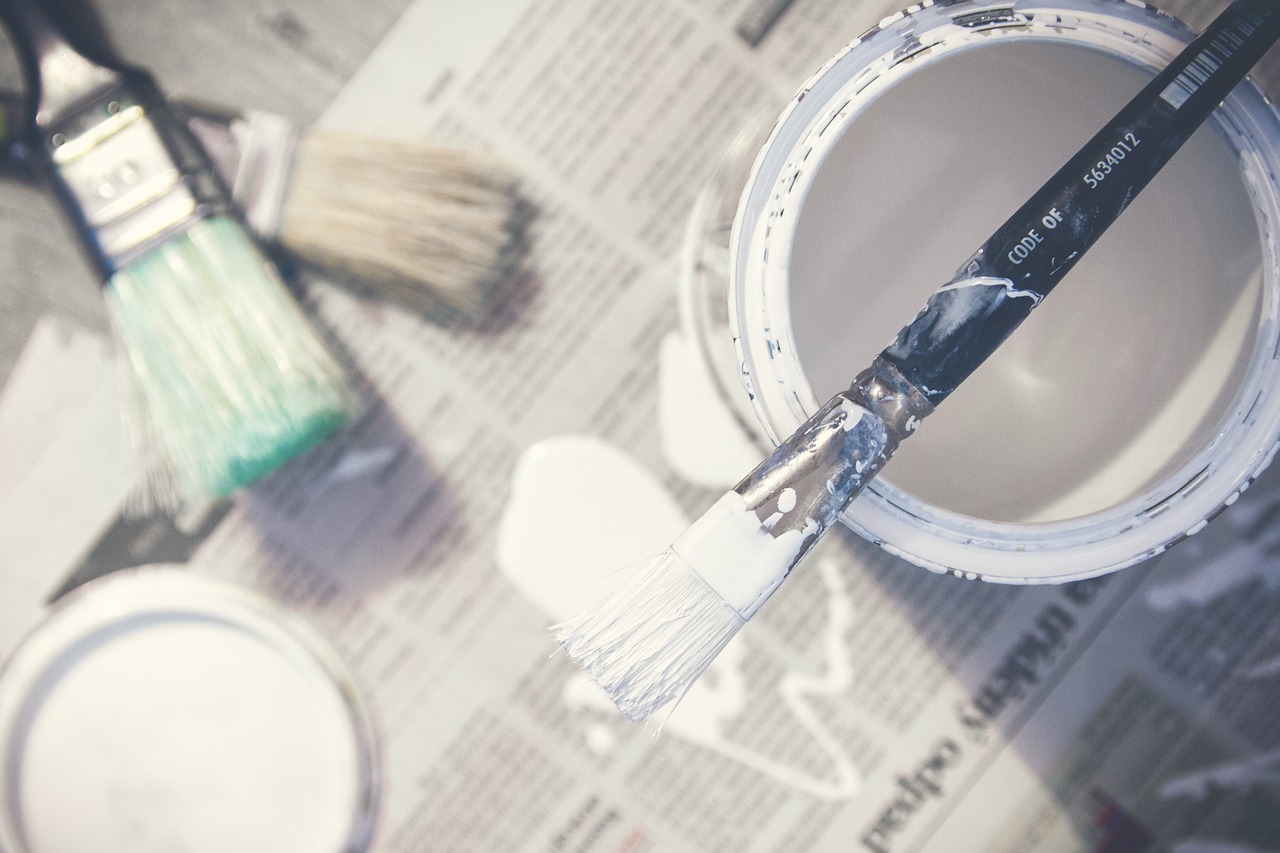
Choosing Fabric Patterns
This article presents five simple and creative DIY decor projects that are perfect for beginners. Each project is designed to enhance your space while being easy to execute with minimal materials.
Learn how to transform ordinary mason jars into beautiful vases. This project encourages creativity and personalization, allowing you to decorate your home with unique floral arrangements.
Discover the joy of painting terracotta pots to add a pop of color to your indoor or outdoor plants. This project is a fun way to express your artistic side while beautifying your greenery.
Selecting the appropriate paint for your pots is crucial. Explore different types of paint and finishes that will withstand the elements and look great in your space.
Learn techniques to make your painted pots waterproof, ensuring they last longer and maintain their vibrant colors even when exposed to moisture.
Get inspired by various design ideas and patterns that you can use when painting your plant pots, from geometric shapes to floral motifs.
Discover how to add embellishments like ribbons or stencils to give your painted pots a unique flair, making them stand out in your decor.
Create stunning wall art using simple materials like canvas and paint. This project allows you to express your creativity while adding a personal touch to your living space.
Explore various techniques for creating abstract art, including pouring, splattering, and brush techniques, to achieve a modern look that complements your decor.
Learn how to frame your handmade artwork to enhance its appearance and make it a focal point in any room, adding sophistication to your DIY decor.
Utilize leftover fabric scraps to create charming banners that can brighten up any space. This project is not only eco-friendly but also a fun way to showcase your sewing skills.
When it comes to for your banners, the options are as vast as your imagination! The patterns you select can significantly influence the overall vibe of your decor. To create a harmonious look, consider the following:
- Color Palette: Choose colors that complement your existing decor. Think about the mood you want to convey—soft pastels for a calming effect or bold colors for a vibrant, energetic feel.
- Theme: Are you aiming for a rustic, bohemian, or modern aesthetic? Select patterns that resonate with your chosen theme. Floral prints work well for a romantic touch, while geometric patterns can add a contemporary flair.
- Scale: Pay attention to the scale of the patterns. Larger prints can make a bold statement, while smaller prints can create a more subtle background. Mixing different scales can also add visual interest.
Moreover, combining different fabrics can lead to unique results. For instance, pairing a striped fabric with a floral one can create a playful contrast. Don't be afraid to experiment! You can also consider using textured fabrics to add dimension to your banner. Think of it like a recipe—each fabric is an ingredient that can enhance the final dish. So, go ahead and let your creativity flow!
Learn the best methods for hanging your fabric banner, including using twine or string, to ensure it looks great and stays securely in place.
Transform simple materials into beautiful picture frames that can showcase your favorite memories. This project is perfect for personalizing your space while being an enjoyable crafting experience.
Explore various materials you can use to create custom picture frames, from wood to cardboard, allowing you to choose based on your desired aesthetic and budget.
Learn creative ways to decorate your frames, such as painting, decoupage, or adding embellishments, to ensure they match your home decor style perfectly.
Q: Do I need any special tools for these DIY projects?
A: Most of these projects can be completed with basic supplies you likely already have at home, such as scissors, paint, and glue. However, some projects may benefit from additional tools like a hot glue gun or a paintbrush.
Q: How long will these projects take?
A: Each project varies in time commitment. Simple tasks like painting pots or creating banners can take just a couple of hours, while more detailed projects like wall art may require more time, especially if you want to layer your techniques.
Q: Can I customize these projects to fit my style?
A: Absolutely! Each project encourages personal expression. Feel free to mix colors, patterns, and materials to create something uniquely yours.

Hanging Your Banner
When it comes to adding a splash of personality to your space, hanging a fabric scrap banner can be a game changer! But how do you ensure that your banner not only looks fabulous but also stays securely in place? First, you'll want to choose the right location. Think about where you want to hang your banner—perhaps above a doorway, along a wall, or even across a window. The visibility of the banner can significantly enhance the ambiance of the room, so pick a spot that draws the eye.
Next, let’s talk about the materials you’ll need for hanging your banner. You have a variety of options, such as:
- Twine: A rustic choice that complements the handmade vibe of your project.
- String: Available in various colors, it can add a pop of fun to your decor.
- Fishing Line: For a more subtle look, fishing line is nearly invisible and can create a floating effect.
Once you have your materials, the next step is to measure your banner and determine how long you want the hanging elements to be. A good rule of thumb is to allow extra length for tying knots or creating loops. After cutting your twine or string to the desired length, attach it to your banner. You can do this by sewing it into place or using hot glue for a quicker solution. If you're opting for a sewn approach, make sure to secure the ends well to prevent any fraying or unraveling over time.
Now, let’s get to the fun part—hanging your banner! If you're using twine or string, you can simply tie it to nails or hooks that you've placed in the wall. For a more temporary solution, consider using adhesive hooks. They are perfect for renters or anyone who doesn’t want to leave marks on their walls. Just remember to follow the instructions on the package to ensure they hold up well.
Finally, step back and admire your handiwork! Don’t be afraid to adjust the positioning of your banner until it feels just right. Sometimes, a little tweaking can make all the difference in how it enhances your space. And there you have it—a charming banner that not only showcases your creativity but also adds a delightful touch to your home decor!
Q: How long should my banner be?
A: The length of your banner depends on the space where you intend to hang it. A good starting point is to measure the width of the area and add a few extra inches for draping or tying.
Q: Can I use this method for outdoor banners?
A: Yes! Just make sure to use weather-resistant materials for both the banner and the hanging elements to ensure durability against the elements.
Q: What if I want to change the design of my banner later?
A: You can easily swap out fabric pieces or even create a new banner altogether. Just be sure to keep your hanging materials reusable for future projects!
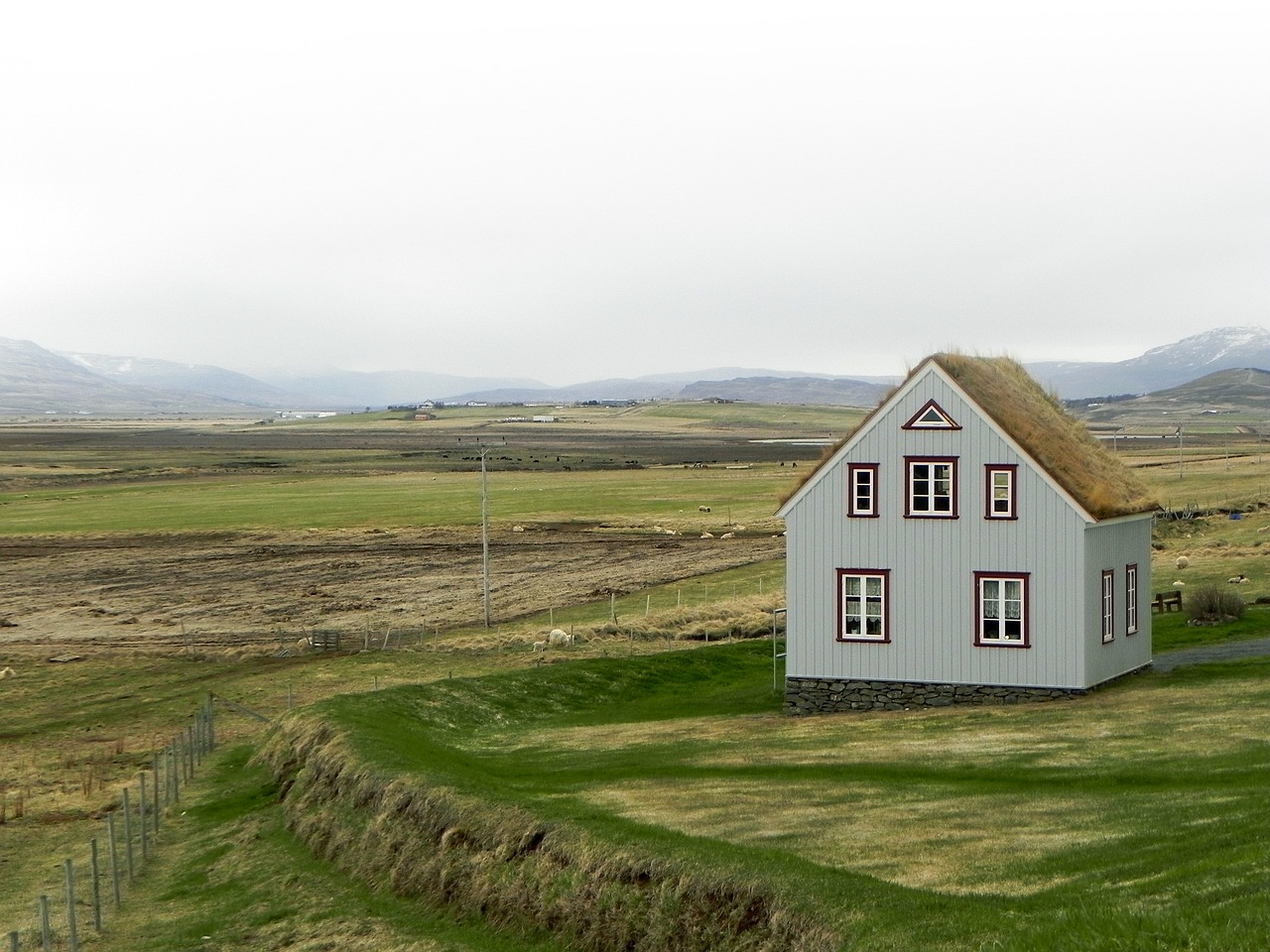
Project 5: DIY Picture Frames
Transforming simple materials into beautiful picture frames is not only a fun and creative endeavor, but it also allows you to showcase your favorite memories in style. Imagine walking into a room filled with frames that reflect your unique personality and the moments that matter most to you. This project is perfect for anyone looking to personalize their space while enjoying an engaging crafting experience. Whether you want to create a rustic wooden frame or a sleek modern design, the possibilities are endless!
To get started, you'll need to gather some essential materials. Here’s a quick list of items you might consider:
- Wood: Ideal for a classic look, you can use reclaimed wood for an eco-friendly approach.
- Cardboard: A budget-friendly option that can be easily cut and decorated.
- Decorative Paper: Perfect for adding a pop of color or pattern.
- Glue and Tape: Essential for assembling your frames securely.
- Paint or Stain: To give your frame the desired finish.
Once you have your materials ready, the first step is to decide on the size and shape of your frame. You can opt for traditional rectangular frames, or get creative with circular or even abstract shapes. Using a ruler and pencil, measure and mark your materials before cutting them to ensure precision. If you’re using wood, a saw will be necessary, while scissors will suffice for cardboard.
After cutting your pieces, it’s time to assemble your frame. Start by laying out your pieces to visualize how they will fit together. Apply glue or tape to secure the edges, and hold them in place until they dry. For added stability, consider using small nails or brads, especially if you’re working with wood. Once your frame is assembled, the fun part begins—decorating!
When it comes to decorating your frames, the sky's the limit. You might choose to paint them in vibrant colors that match your decor or use decoupage techniques to apply decorative paper. Adding embellishments like ribbons, buttons, or even natural elements such as twine or dried flowers can enhance the aesthetic appeal of your frames. The key is to let your creativity shine and make each frame a true reflection of your style.
Finally, don't forget to add the finishing touches! Consider how you want to display your frames. You can create a gallery wall by grouping several frames together or place them on shelves or tables. The arrangement can dramatically impact the overall look of your space. Remember, the goal is to create an inviting atmosphere that tells your story through the images you choose to display.
Q: What types of materials are best for DIY picture frames?
A: You can use a variety of materials including wood, cardboard, and decorative paper. Choose based on your desired aesthetic and budget.
Q: How can I make my frames more durable?
A: To enhance durability, consider using wood instead of cardboard, and apply a sealant or varnish to protect the finish.
Q: Can I customize the size of my picture frames?
A: Absolutely! You can create frames in any size or shape you desire, just be sure to measure accurately before cutting.
Q: What are some creative ways to display my frames?
A: You can create a gallery wall, place them on shelves, or even use easels for a more dynamic display.
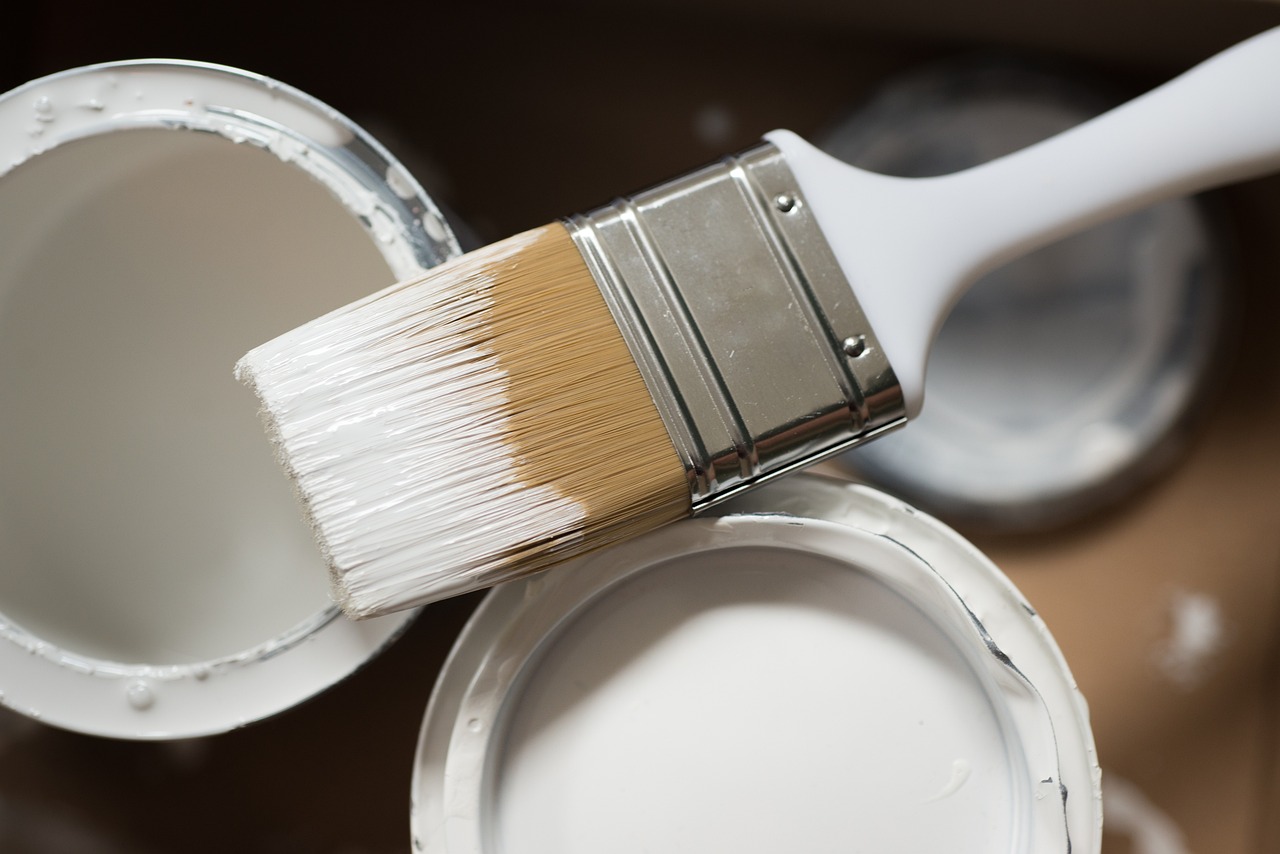
Materials for Custom Frames
This article presents five simple and creative DIY decor projects that are perfect for beginners. Each project is designed to enhance your space while being easy to execute with minimal materials.
Learn how to transform ordinary mason jars into beautiful vases. This project encourages creativity and personalization, allowing you to decorate your home with unique floral arrangements.
Discover the joy of painting terracotta pots to add a pop of color to your indoor or outdoor plants. This project is a fun way to express your artistic side while beautifying your greenery.
Selecting the appropriate paint for your pots is crucial. Explore different types of paint and finishes that will withstand the elements and look great in your space.
Learn techniques to make your painted pots waterproof, ensuring they last longer and maintain their vibrant colors even when exposed to moisture.
Get inspired by various design ideas and patterns that you can use when painting your plant pots, from geometric shapes to floral motifs.
Discover how to add embellishments like ribbons or stencils to give your painted pots a unique flair, making them stand out in your decor.
Create stunning wall art using simple materials like canvas and paint. This project allows you to express your creativity while adding a personal touch to your living space.
Explore various techniques for creating abstract art, including pouring, splattering, and brush techniques, to achieve a modern look that complements your decor.
Learn how to frame your handmade artwork to enhance its appearance and make it a focal point in any room, adding sophistication to your DIY decor.
Utilize leftover fabric scraps to create charming banners that can brighten up any space. This project is not only eco-friendly but also a fun way to showcase your sewing skills.
Discover how to select fabric patterns that harmonize with your home decor, ensuring your banner complements your existing style while adding a personal touch.
Learn the best methods for hanging your fabric banner, including using twine or string, to ensure it looks great and stays securely in place.
Transform simple materials into beautiful picture frames that can showcase your favorite memories. This project is perfect for personalizing your space while being an enjoyable crafting experience.
When it comes to creating custom picture frames, the choice of materials can make all the difference in achieving the look you desire. You can use a variety of resources, each offering a unique charm to your frames. Here are some popular options:
- Wood: A classic choice, wood provides a warm and rustic feel. You can use reclaimed wood for an eco-friendly option.
- Cardboard: Perfect for budget-friendly projects, cardboard is lightweight and easy to work with. It’s great for kids' crafts!
- Plastic: Durable and often available in various colors, plastic frames are easy to clean and maintain.
- Metal: For a modern and sleek look, metal frames can add a touch of sophistication to your decor.
Each material has its pros and cons, and the choice largely depends on your personal style and the overall aesthetic you want to achieve. For example, if you’re going for a vintage vibe, wood would be your best bet. However, if you prefer a minimalist approach, metal or plastic might be the way to go. Don't forget to consider the size and shape of the frame you want to create, as this will influence the amount and type of material needed.
Learn creative ways to decorate your frames, such as painting, decoupage, or adding embellishments, to ensure they match your home decor style perfectly.
Q: What tools do I need to create custom frames?
A: Basic tools include a cutting tool (like a craft knife), glue, a ruler, and optionally, paint or embellishments for decoration.
Q: Can I use recycled materials for my frames?
A: Absolutely! Using recycled materials not only saves money but also adds a unique touch to your frames.
Q: How can I ensure my frames are sturdy?
A: Make sure to use strong adhesive and consider reinforcing corners with additional material if needed.

Decorating Your Frames
This article presents five simple and creative DIY decor projects that are perfect for beginners. Each project is designed to enhance your space while being easy to execute with minimal materials.
Learn how to transform ordinary mason jars into beautiful vases. This project encourages creativity and personalization, allowing you to decorate your home with unique floral arrangements.
Discover the joy of painting terracotta pots to add a pop of color to your indoor or outdoor plants. This project is a fun way to express your artistic side while beautifying your greenery.
Selecting the appropriate paint for your pots is crucial. Explore different types of paint and finishes that will withstand the elements and look great in your space.
Learn techniques to make your painted pots waterproof, ensuring they last longer and maintain their vibrant colors even when exposed to moisture.
Get inspired by various design ideas and patterns that you can use when painting your plant pots, from geometric shapes to floral motifs.
Discover how to add embellishments like ribbons or stencils to give your painted pots a unique flair, making them stand out in your decor.
Create stunning wall art using simple materials like canvas and paint. This project allows you to express your creativity while adding a personal touch to your living space.
Explore various techniques for creating abstract art, including pouring, splattering, and brush techniques, to achieve a modern look that complements your decor.
Learn how to frame your handmade artwork to enhance its appearance and make it a focal point in any room, adding sophistication to your DIY decor.
Utilize leftover fabric scraps to create charming banners that can brighten up any space. This project is not only eco-friendly but also a fun way to showcase your sewing skills.
Discover how to select fabric patterns that harmonize with your home decor, ensuring your banner complements your existing style while adding a personal touch.
Learn the best methods for hanging your fabric banner, including using twine or string, to ensure it looks great and stays securely in place.
Transform simple materials into beautiful picture frames that can showcase your favorite memories. This project is perfect for personalizing your space while being an enjoyable crafting experience.
Explore various materials you can use to create custom picture frames, from wood to cardboard, allowing you to choose based on your desired aesthetic and budget.
When it comes to , the possibilities are as endless as your imagination! You can start by selecting a color palette that complements your home decor. Consider using acrylic paint for a vibrant finish or wood stain for a rustic look. You might even want to try decoupage techniques using your favorite scrapbook paper or fabric. This method not only adds texture but also allows you to incorporate patterns that resonate with your style.
Another fun way to decorate your frames is by adding embellishments. Think about using items like:
- Ribbons for a touch of elegance
- Buttons for a quirky, playful vibe
- Natural elements like twigs or dried flowers for an organic feel
Once you have your frames decorated, don't forget to give them a protective coat. A clear acrylic spray or sealant can help keep your artwork safe from dust and damage, ensuring your creations remain stunning for years to come. Remember, the beauty of DIY decor lies in its personal touch—so let your creativity shine!
Q: What materials do I need to start decorating my frames?
A: Basic materials include picture frames, paint, brushes, embellishments (like ribbons and buttons), and a sealant. You can also use fabric or scrapbook paper for decoupage.
Q: How long does it take to decorate a picture frame?
A: The time varies based on your design complexity, but most projects can be completed within a couple of hours, including drying time.
Q: Can I use any type of paint on my frames?
A: While you can use various paints, it's best to choose ones that adhere well to the frame material. Acrylic paint is a popular choice for wood and cardboard frames.
Frequently Asked Questions
- What materials do I need for the Upcycled Mason Jar Vases project?
For this project, you'll need mason jars, paint (optional), brushes, and flowers or greenery to fill them. You can also add embellishments like twine or lace for a personal touch!
- Can I use any type of paint for the Painted Plant Pots?
While you can use regular acrylic paint, it's best to choose outdoor or waterproof paint to ensure your pots can withstand the elements. This way, your colorful creations will last longer!
- How do I make sure my painted pots are waterproof?
To waterproof your painted pots, apply a clear sealant or spray designed for outdoor use after the paint dries. This will protect your designs from moisture and keep them vibrant.
- What are some easy techniques for creating Handmade Wall Art?
You can try pouring, splattering, or using brush techniques for your abstract art. Each method offers a unique look, so don’t be afraid to experiment and let your creativity flow!
- How can I hang my Fabric Scrap Banner?
Using twine or string is a great way to hang your banner. Simply tie the fabric pieces onto the twine, and then secure it to your wall or across a space. It’s simple and adds a charming touch!
- What materials are best for making DIY Picture Frames?
You can use a variety of materials like wood, cardboard, or even recycled materials. Choose based on your style and budget, and don’t forget to personalize them to match your decor!
- Can I decorate my frames in any way I like?
Absolutely! You can paint, decoupage, or add embellishments like buttons or ribbons. The sky's the limit when it comes to making your frames uniquely yours!



















